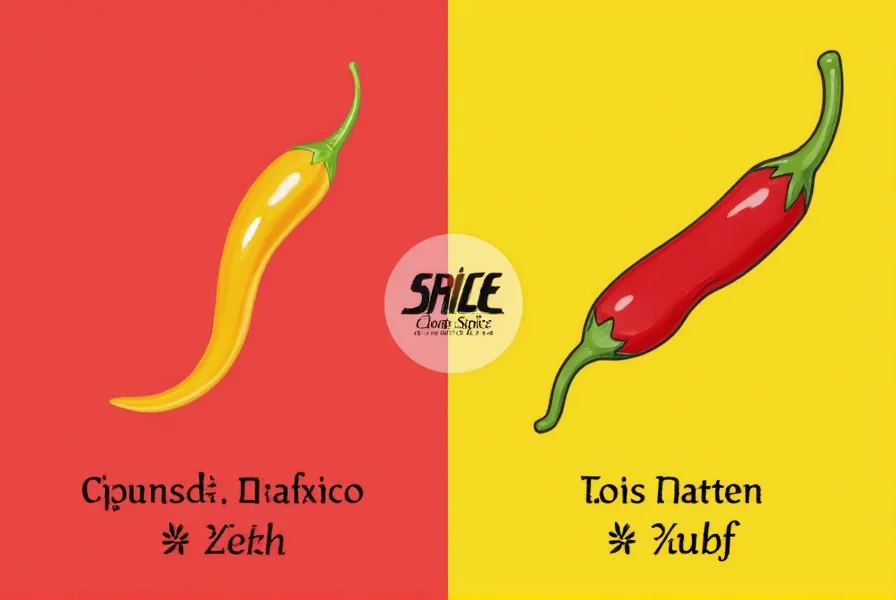
Serrano peppers typically range from 10,000 to 23,000 Scoville Heat Units (SHU), placing them in the medium-hot category. This versatile chili pepper offers bright, grassy flavor and is perfect for salsas, soups, and sauces without overwhelming heat. Native to Mexico, serranos have become a global favorite for home cooks seeking bold flavor with manageable spice.
Table of Contents
- What Is the Scoville Scale?
- Serrano Pepper Heat Level Explained
- Factors That Influence Serrano Heat Levels
- Culinary Uses and Flavor Profile
- How to Choose and Store Serrano Peppers
- Cooking Tips for Perfect Serrano Dishes
- Serrano vs. Other Chilies: Quick Reference
- Frequently Asked Questions
What Is the Scoville Scale?
The Scoville scale measures chili pepper heat based on capsaicin concentration, expressed in Scoville Heat Units (SHU). Developed in 1912 by Wilbur Scoville, it originally relied on human taste tests but now uses high-performance liquid chromatography (HPLC) for precise measurements. Here's how common peppers compare:
| Chili Pepper | Scoville Heat Units (SHU) | Common Use |
|---|---|---|
| Bell Pepper | 0 | Salads, stuffing, roasting |
| Jalapeño | 2,500–8,000 | Salsas, nachos, jalapeño poppers |
| Serrano | 10,000–23,000 | Salsas, soups, stews, sauces |
| Cayenne | 30,000–50,000 | Spice blends, marinades, hot sauces |
| Habanero | 100,000–350,000 | Hot sauces, Caribbean cuisine |
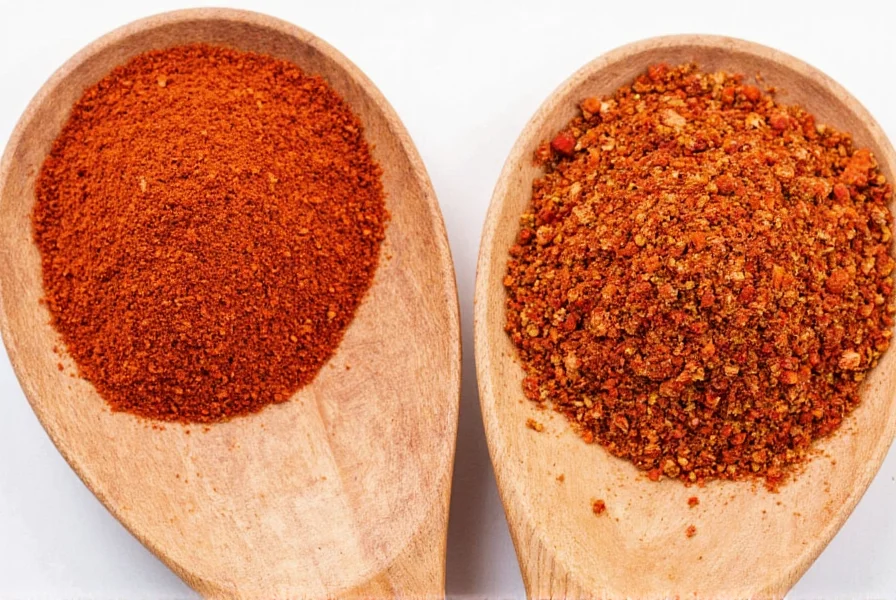
Serrano Pepper Heat Level Explained
Serrano peppers consistently measure between 10,000–23,000 SHU, making them 2–3 times hotter than jalapeños but significantly milder than habaneros. Their heat varies based on maturity, growing conditions, and variety:
- Green serranos: 10,000–15,000 SHU (crisp, grassy flavor)
- Red/orange serranos: 15,000–23,000 SHU (riper, sweeter, more intense heat)
- Chocolate serranos: Up to 25,000 SHU (rare variety with smoky depth)
Factors That Influence Serrano Heat Levels
Two serranos from the same plant can vary significantly in heat due to:
- Maturity: Heat increases as peppers ripen from green to red
- Seed and membrane content: 80% of capsaicin resides in white ribs and seeds
- Growing conditions: Stress from drought or temperature fluctuations boosts capsaicin production
- Genetic variation: Different cultivars naturally produce varying heat levels
Culinary Uses and Flavor Profile
Unlike jalapeños, serranos deliver a bright, grassy flavor with crisp texture that holds up well in cooking. They're ideal for:
- Roasted salsas and pico de gallo
- Traditional Mexican dishes like tacos al pastor and mole sauces
- Asian-inspired stir-fries and marinades
- Seafood dishes where bright heat complements delicate flavors
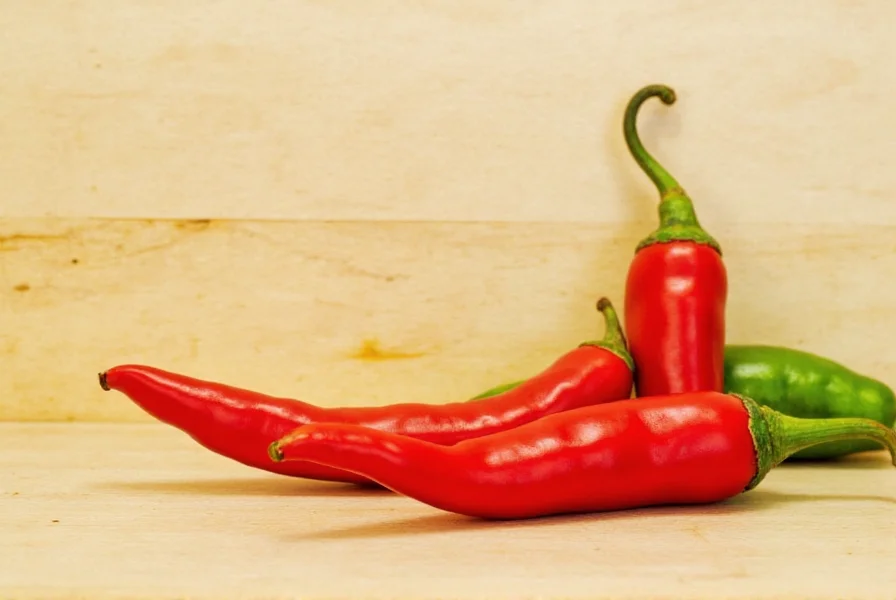
How to Choose and Store Serrano Peppers
When shopping:
- Look for firm, shiny skin with no wrinkles or soft spots
- Choose smaller peppers for higher heat (1–2 inches long)
- Green for milder flavor; red/orange for sweeter, hotter profile
Storage tips:
- Refrigerate in a sealed plastic bag for up to 2 weeks
- Freeze whole peppers for up to 6 months (no thawing needed)
- Dry or pickle for long-term preservation
Cooking Tips for Perfect Serrano Dishes
- Wear gloves when handling to prevent skin irritation
- Roast or char to mellow heat and enhance smoky sweetness
- Balance heat with dairy (sour cream), acid (lime juice), or sweetness (mango)
- Start small – add one pepper at a time and adjust to taste
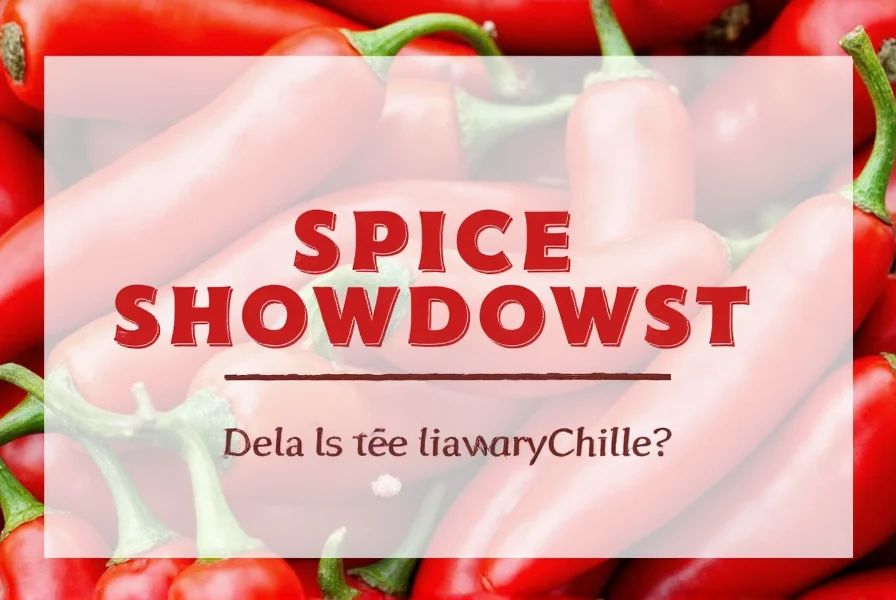
Serrano vs. Other Chilies: Quick Reference
| Pepper | Heat Level (SHU) | Flavor Notes | Best For |
|---|---|---|---|
| Serrano | 10,000–23,000 | Crisp, grassy, earthy | Salsas, roasts, pickling |
| Jalapeño | 2,500–8,000 | Mild, buttery | Nachos, poppers, fresh salsas |
| Guajillo | 2,500–5,000 | Fruity, tea-like | Mole sauces, adobo |
| Ancho | 1,000–2,000 | Earthy, raisin-like | Mole, stews, rubs |
| Cayenne | 30,000–50,000 | Sharp, biting | Hot sauces, seasoning blends |
Frequently Asked Questions
Final Thoughts on Spice, Flavor, and Fun
Serrano peppers deliver the perfect balance of manageable heat and vibrant flavor for everyday cooking. Whether you're a spice novice or seasoned chef, these versatile peppers elevate dishes from simple salsas to complex sauces. Remember: always start with less, taste as you go, and enjoy the culinary adventure!
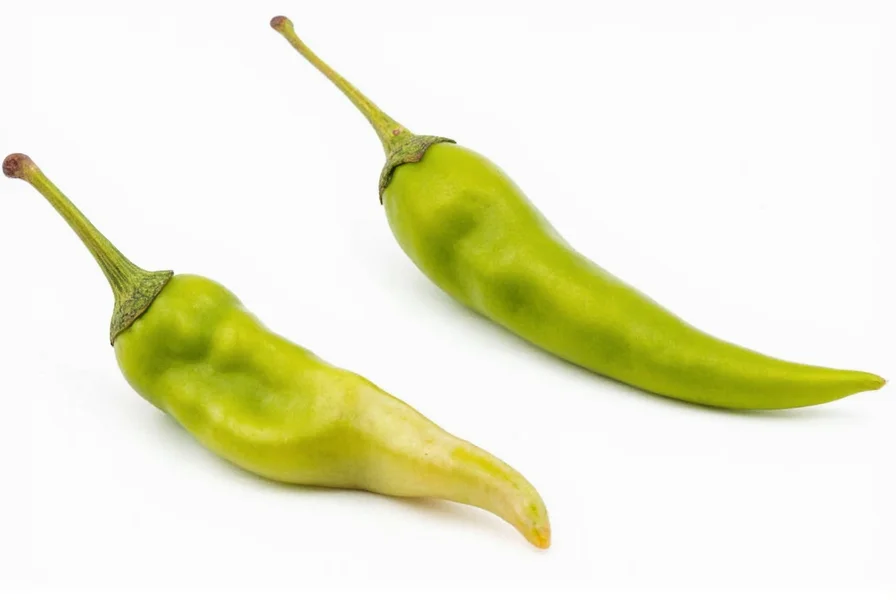

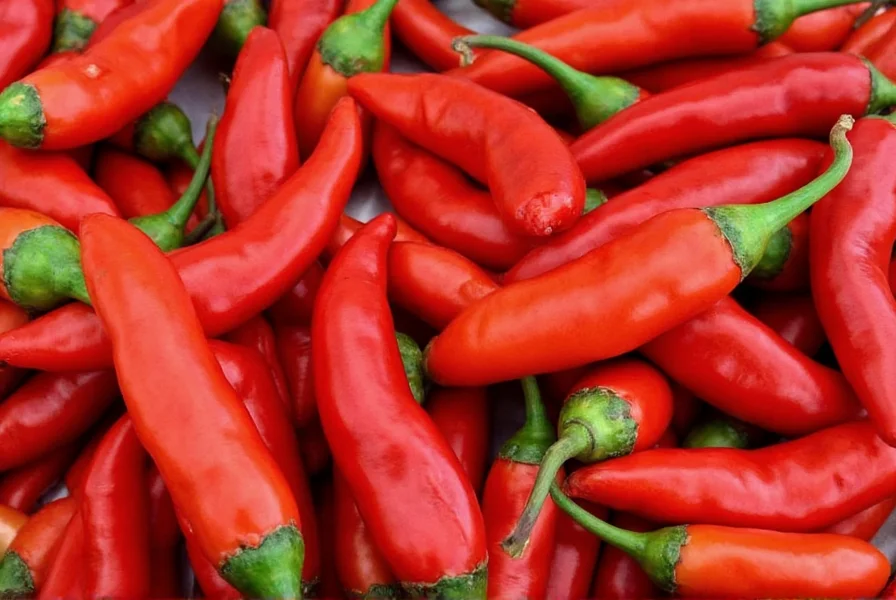









 浙公网安备
33010002000092号
浙公网安备
33010002000092号 浙B2-20120091-4
浙B2-20120091-4